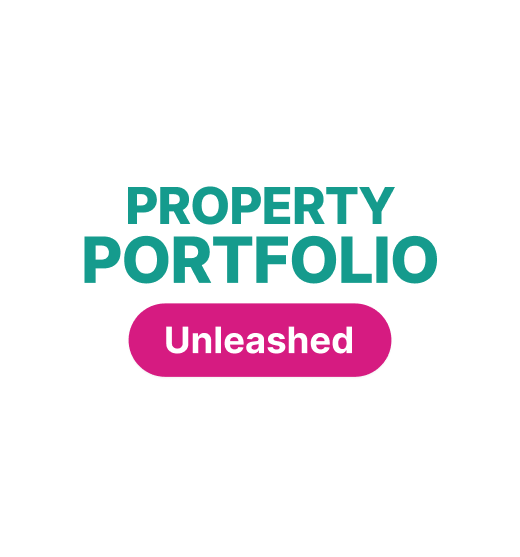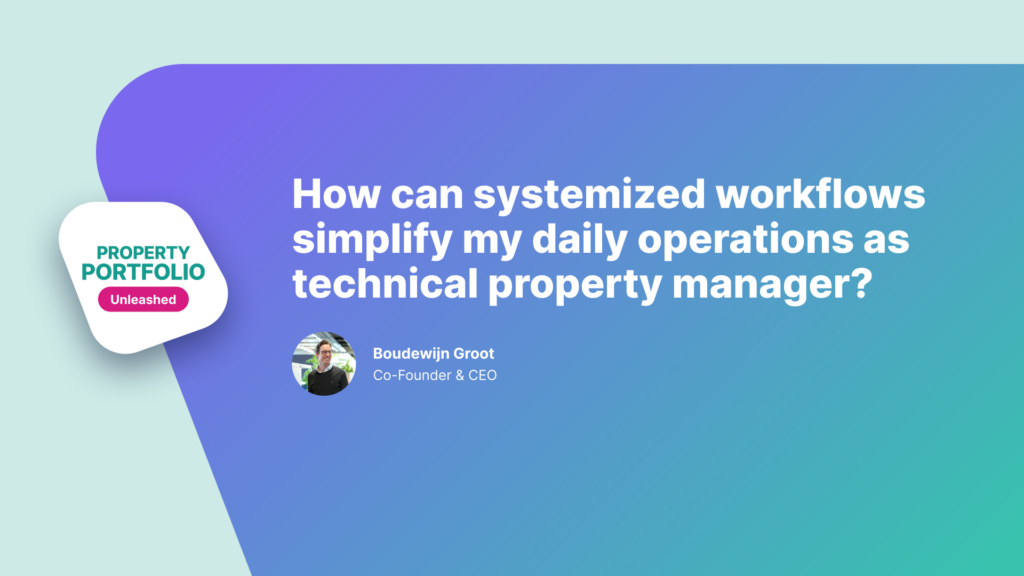Key Takeaways
Building compliance involves adhering to all regulations, standards, and laws related to building constructions and operations.
The property manager is responsible for ensuring building compliance and managing all related documentation.
The type of building and its usage determine the necessary documents for compliance.
Effective collaboration among stakeholders is crucial in managing building compliance.
Using a centralized system for document storage and communication enhances compliance management.
Building compliance is an essential aspect of property management that often gets overlooked. However, it’s a critical factor in ensuring the safety and legality of your buildings. Moreover, it can significantly improve collaboration among various stakeholders. This article explores the complexities of ensuring building compliance and its role in improving collaboration.
Understanding Building Compliance
Building compliance refers to the process of adhering to all the regulations, standards, and laws related to building constructions and operations. This includes certifying building installations, fire safety measures, and storing all legally required documentation.
However, managing building compliance can be a daunting task due to the numerous data and document entry points. These documents often originate from various stakeholders like landlords, service providers, tenants, and property managers, each storing their version of the documents on their servers. This scattered approach can lead to confusion and non-compliance.
The Role of the Property Manager
As a property manager, you are responsible for ensuring building compliance and keeping all documentation in order. This involves knowing which documents are necessary and where to start. The type of building and its usage are the primary determining factors. For instance, if your building has a sprinkler installation, roof fall safety, or a large kitchen, these elements dictate the documentation you need, how often it needs renewal, and where it originates from.
Enhancing Compliance through Collaboration
Managing building compliance closely resembles project management, given the involvement of numerous stakeholders. Therefore, effective collaboration is crucial. This involves working in a centralized system that is visible to every stakeholder, outlining their responsibilities, and the status of each document.
Communication is key in this process. It’s essential to communicate within the same system where you store the documents to avoid reverting to email. Using email can often lead to loss of crucial information if a person leaves the company, causing setbacks in maintaining building compliance.
Conclusion
Managing building compliance is a complex task, but it’s an integral part of property management. By fostering effective collaboration among stakeholders and implementing a centralized system for document storage and communication, compliance becomes a less daunting task.
Stay tuned for more insights on related topics in our upcoming Property Portfolio Unleashed series.







